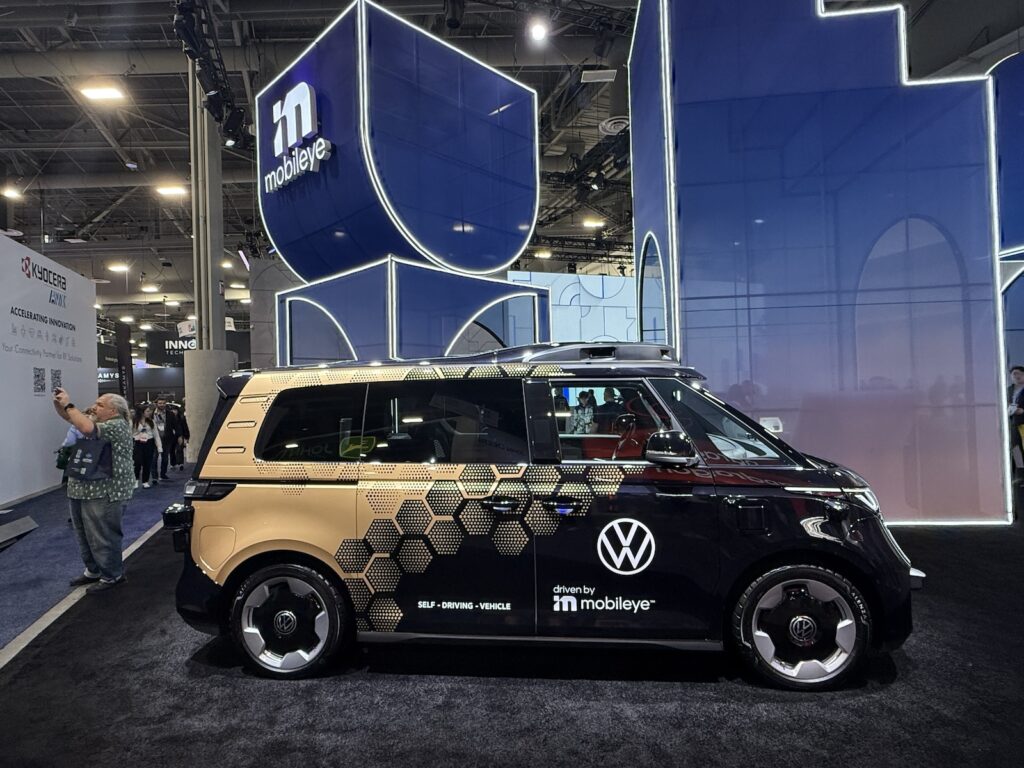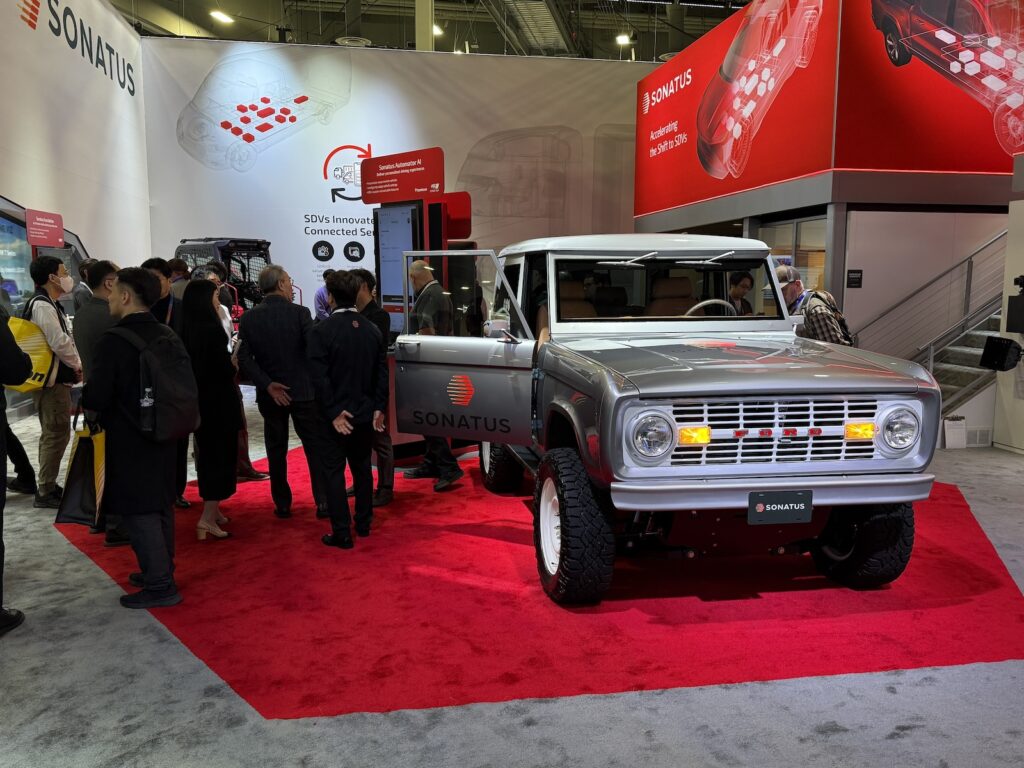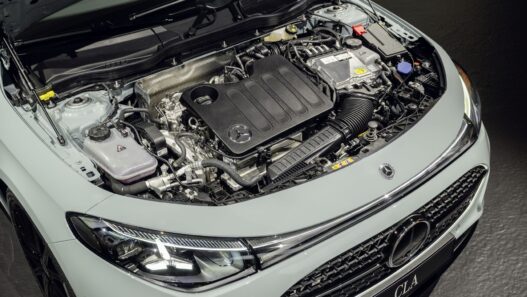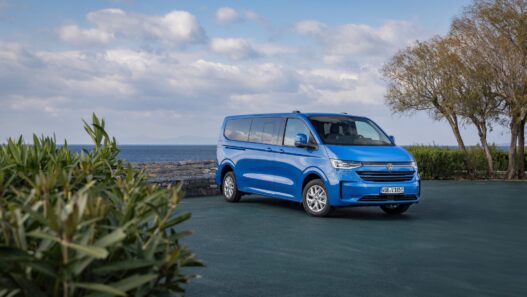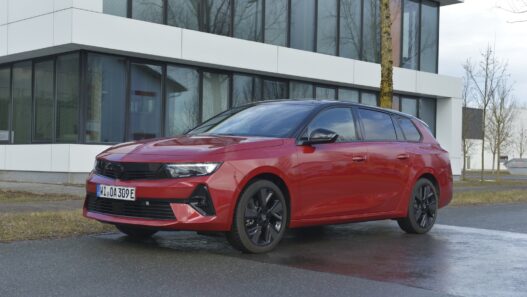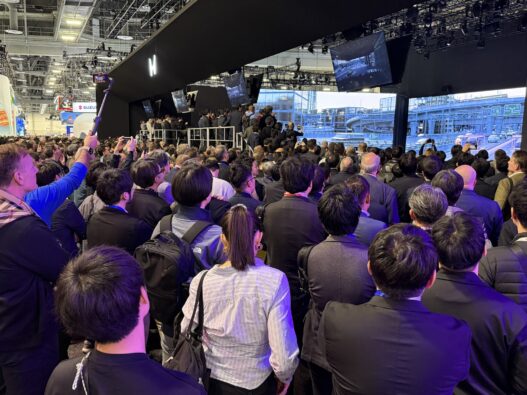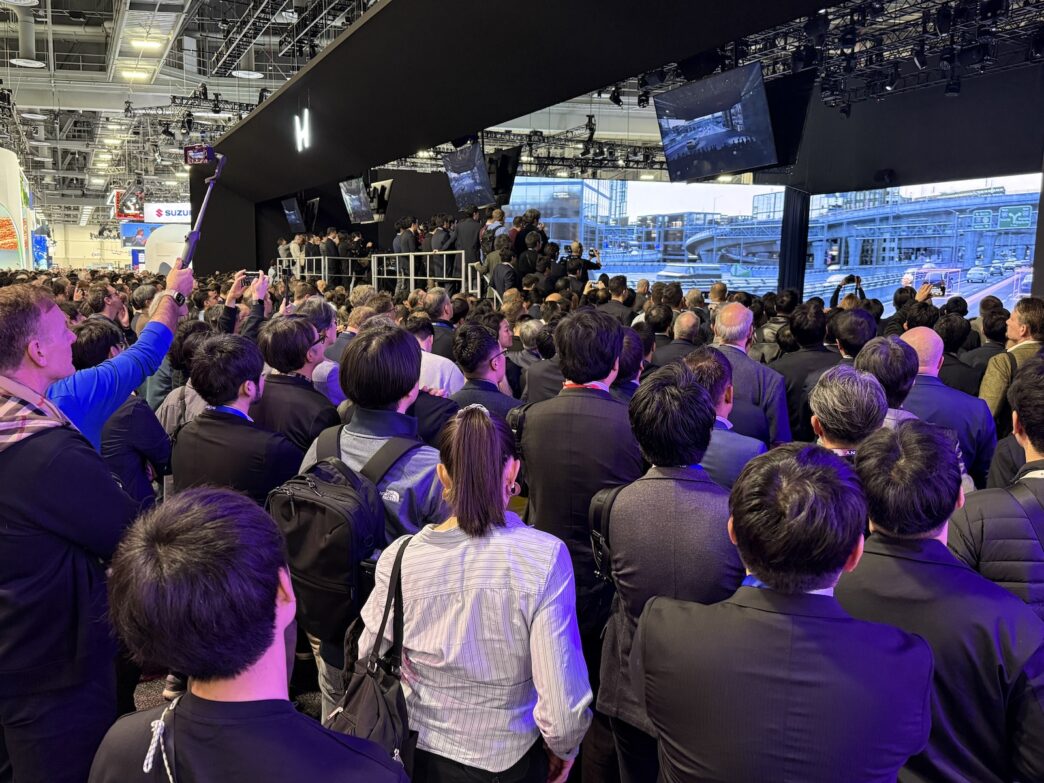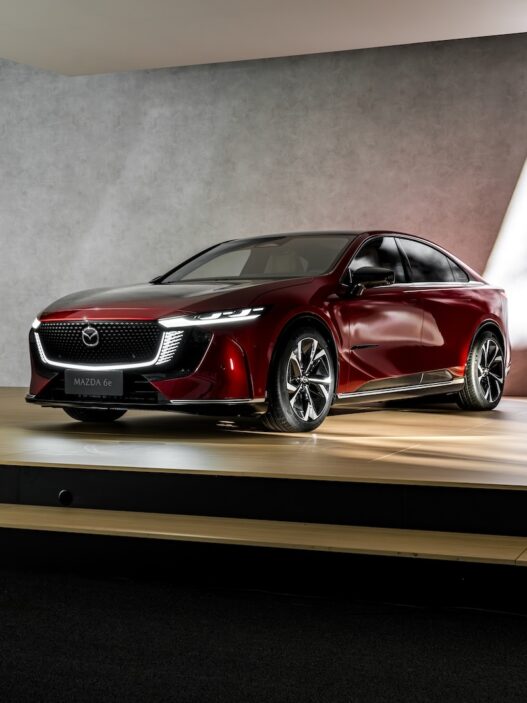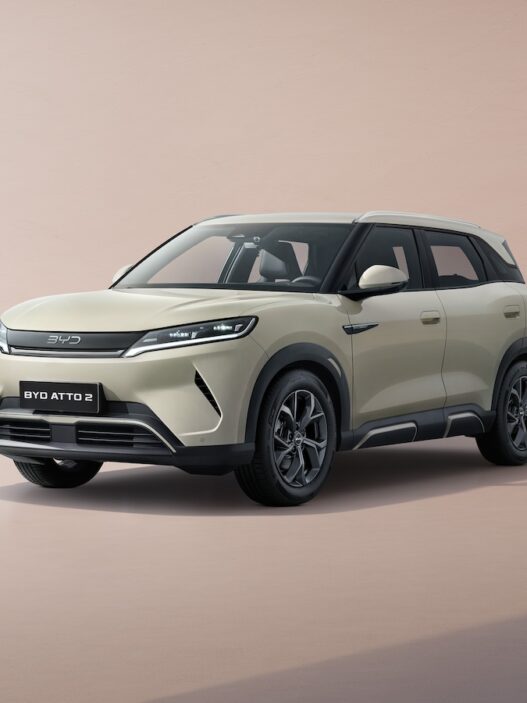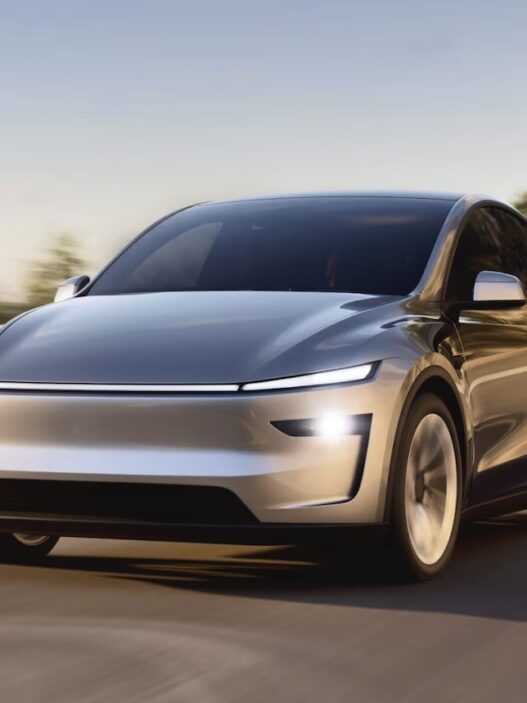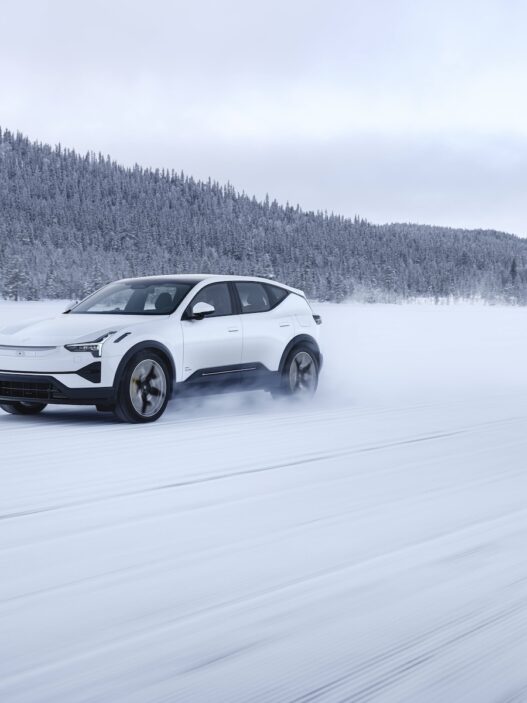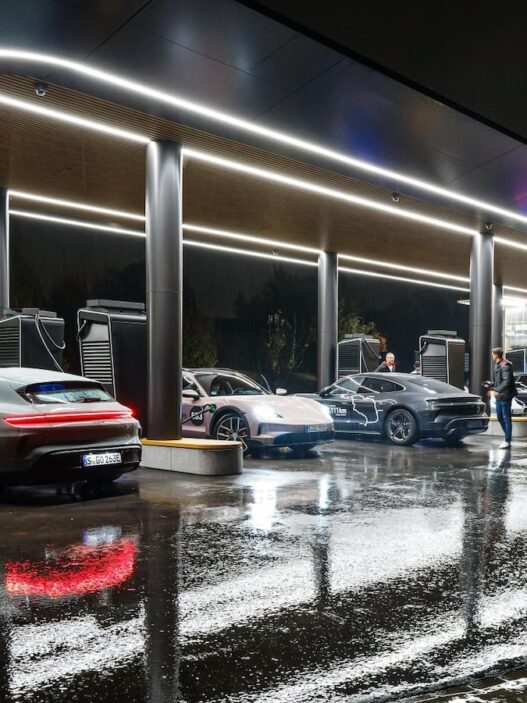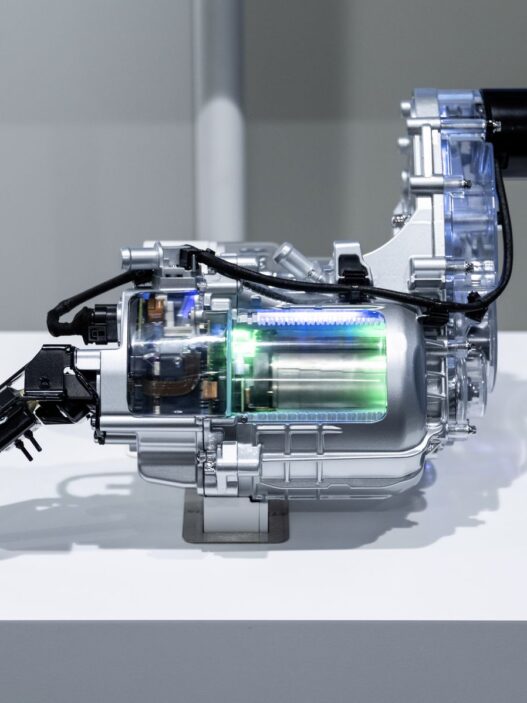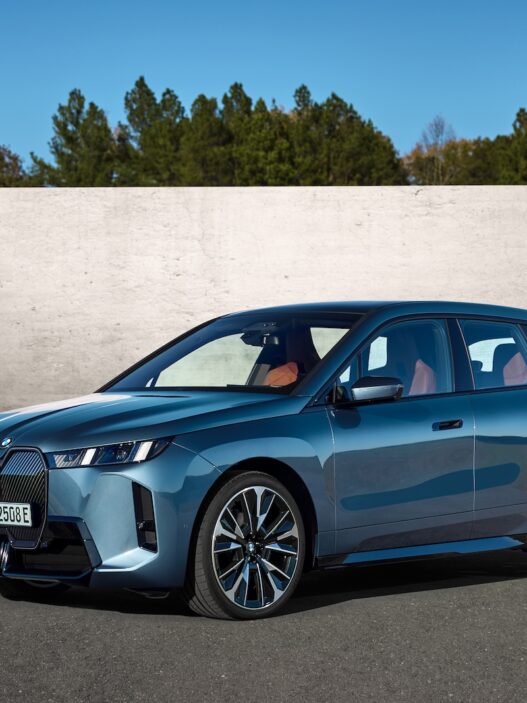The Consumer Electronics Show 2025 – or CES 2025 – in Las Vegas was, as expected, dominated by flashing displays and the buzzword of the moment: Artificial Intelligence. But how did the automotive industry fare amid the tech extravaganza? From AI to Electric Dreams, What Stood Out at the Biggest Tech Show of the Year
A Quiet Role for Automakers
The big, bold innovations and dramatic unveilings were few and far between for car enthusiasts at CES this year. BMW made waves with its Panoramic iDrive, which features the new Operating System X, marking a significant departure from its classic rotary controllers and analog instruments.
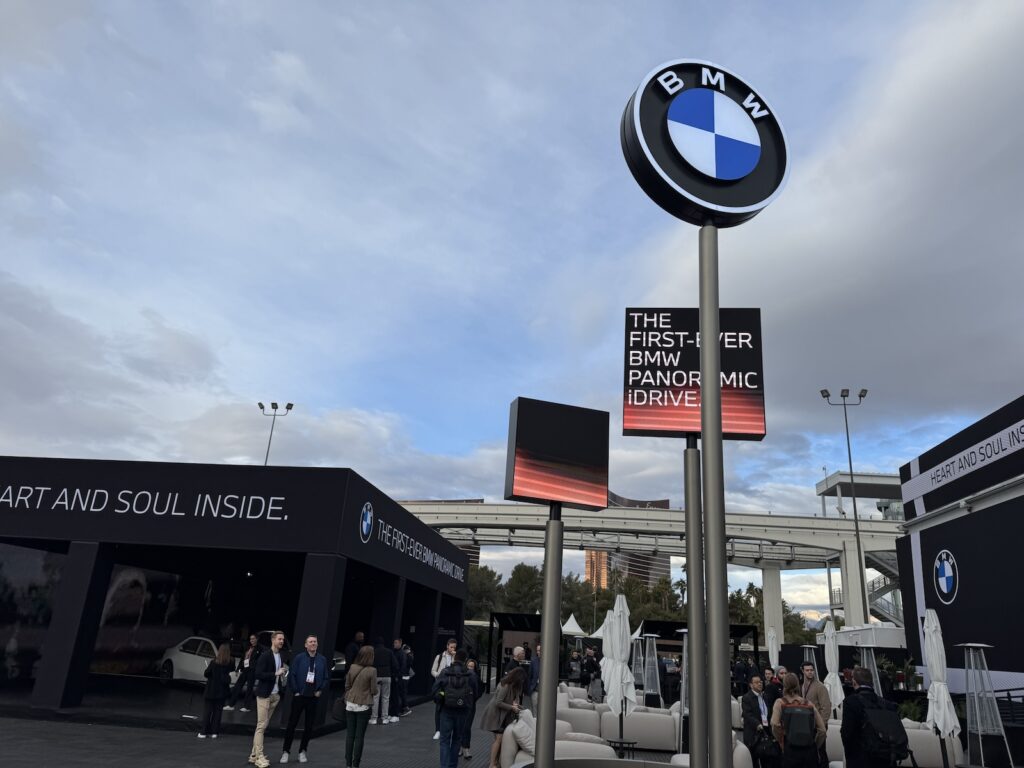
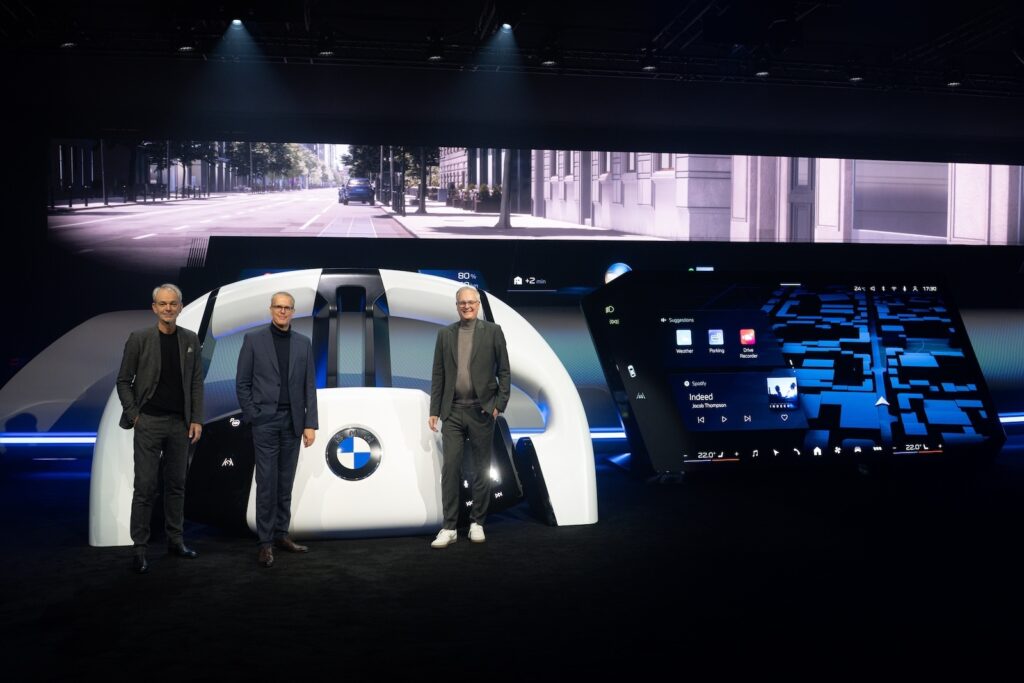
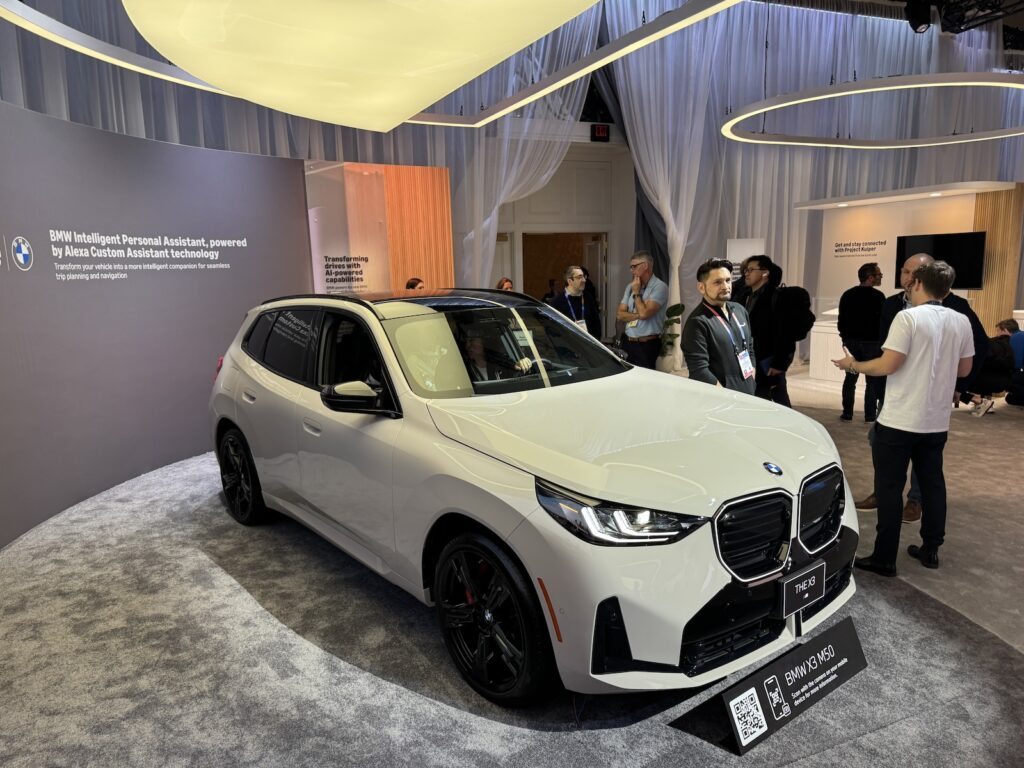
Meanwhile, the Sony-Honda partnership showcased the streamlined Afeela 1, and suppliers like Schaeffler introduced humanoid robots to the tech audience. Yet, these announcements felt more iterative than groundbreaking, even as tech giants like Nvidia pushed the boundaries of in-car computing power.
Artificial intelligence is a catalyst for innovation and has the potential to transform industries globally.
Dr. Tanja Rückert, Chief Digital Officer at Bosch.
AI was indeed the umbrella under which many of the event’s automotive technologies were presented.
The Auto Industry Takes a Backseat
While CES remains a key event for tech aficionados, its importance as an automotive showcase has waned. The grandeur of past auto expos – million-dollar keynote events and visionary leaps – was noticeably absent. Instead, the real innovation was found in the shadows, among second- and third-tier suppliers (Tier 2 and Tier 3) showcasing niche programming, clever ideas, and entrepreneurial spirit. Whether these innovations make it to the mainstream automotive world, however, remains uncertain.
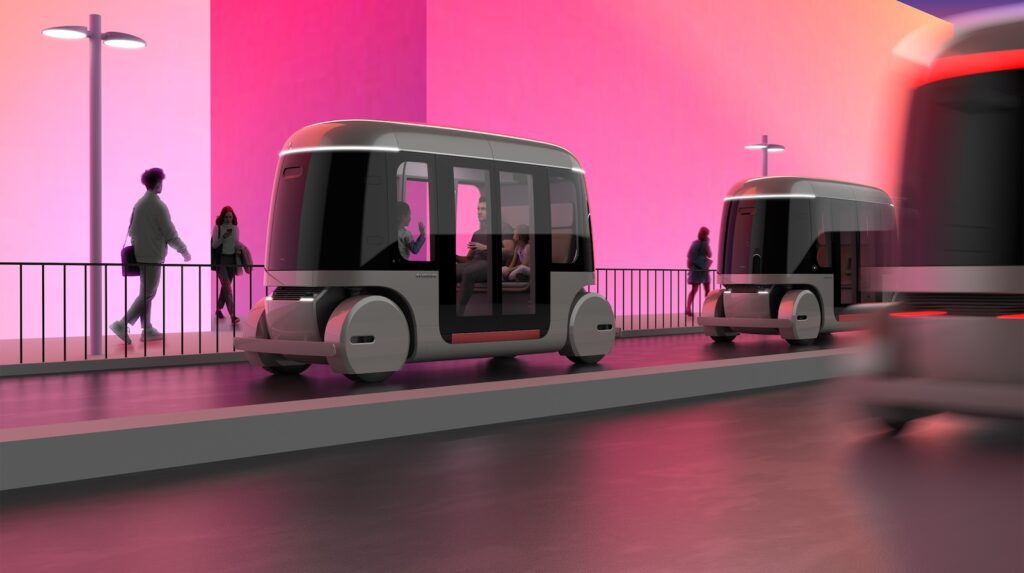
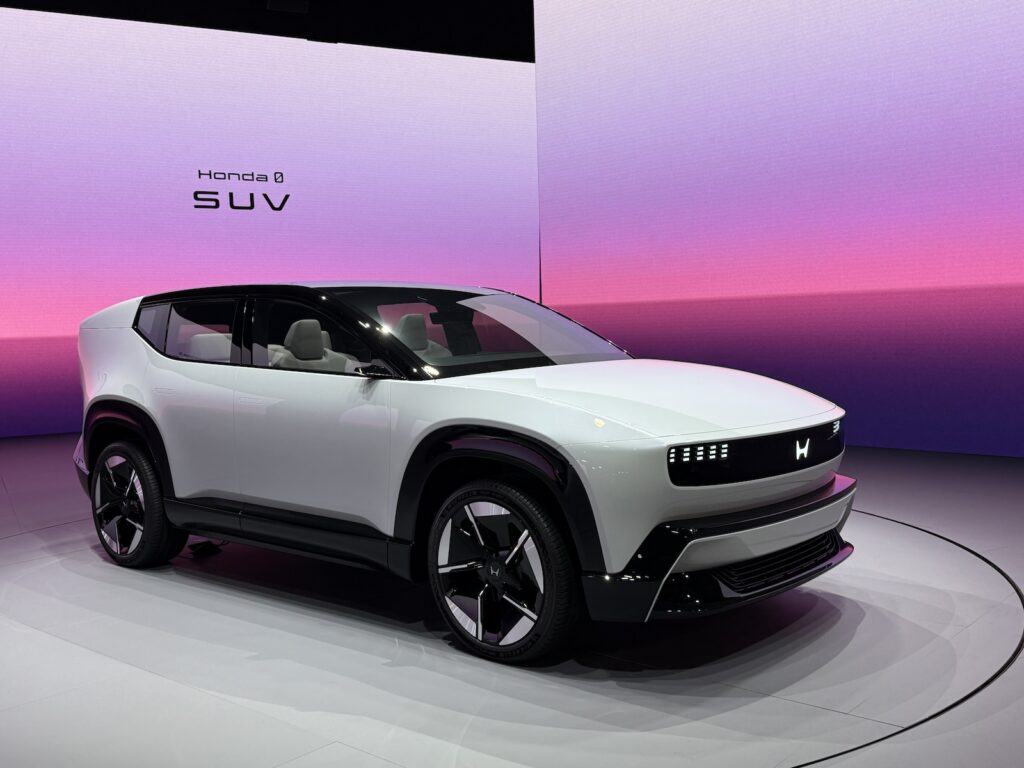
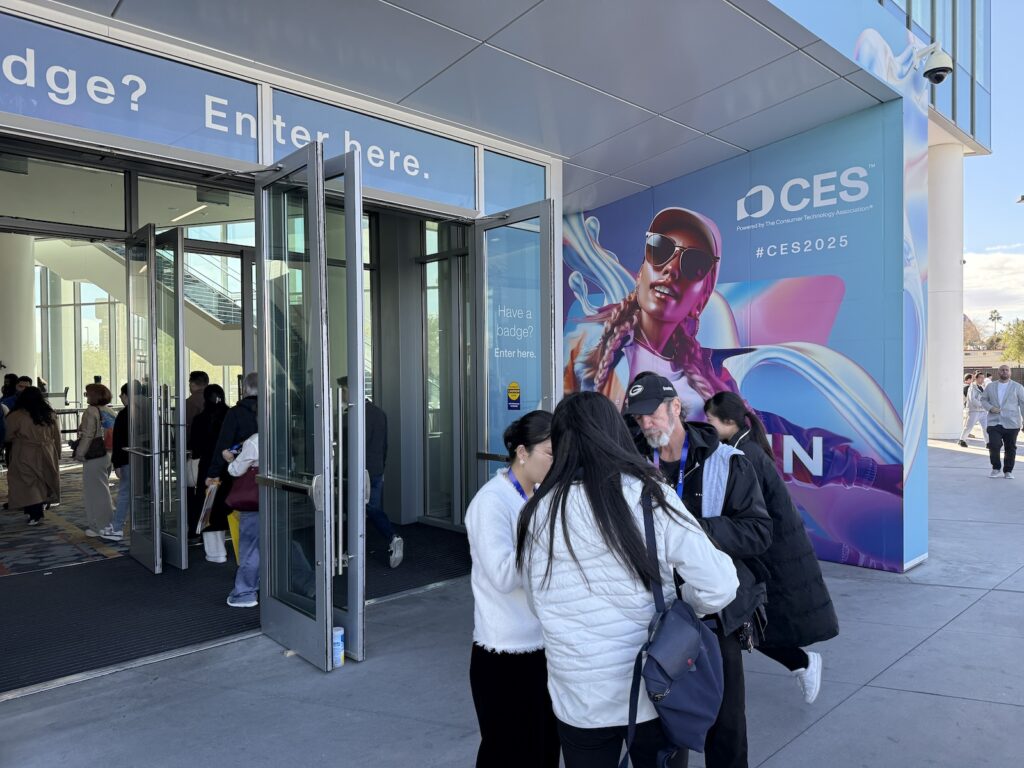
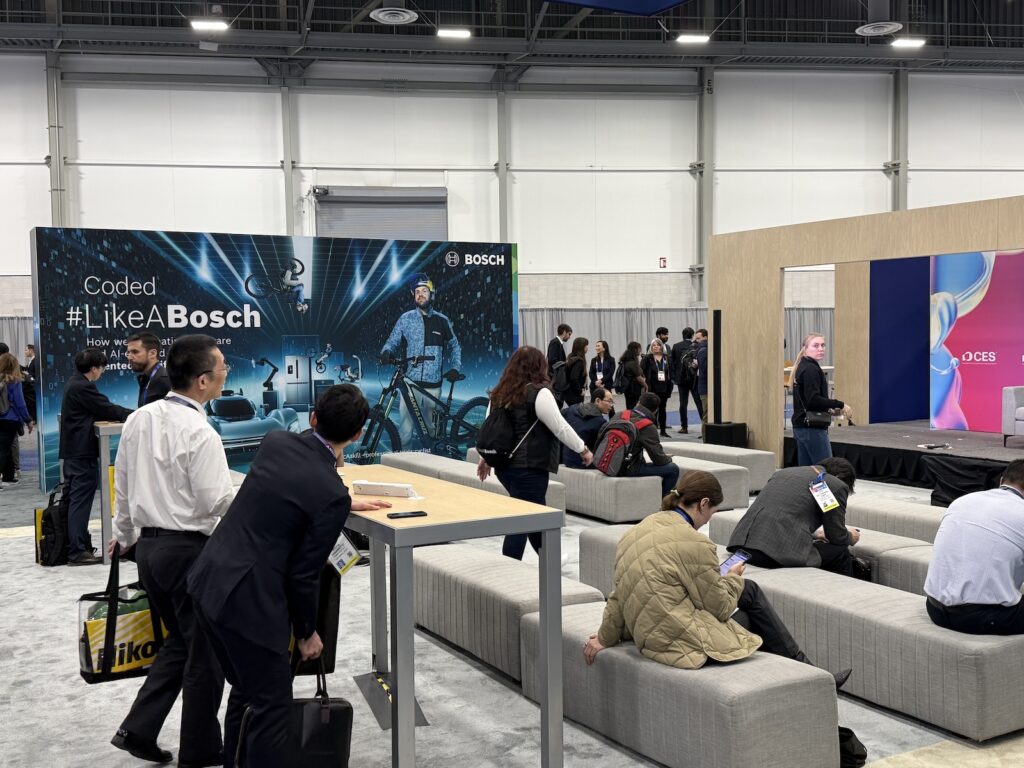
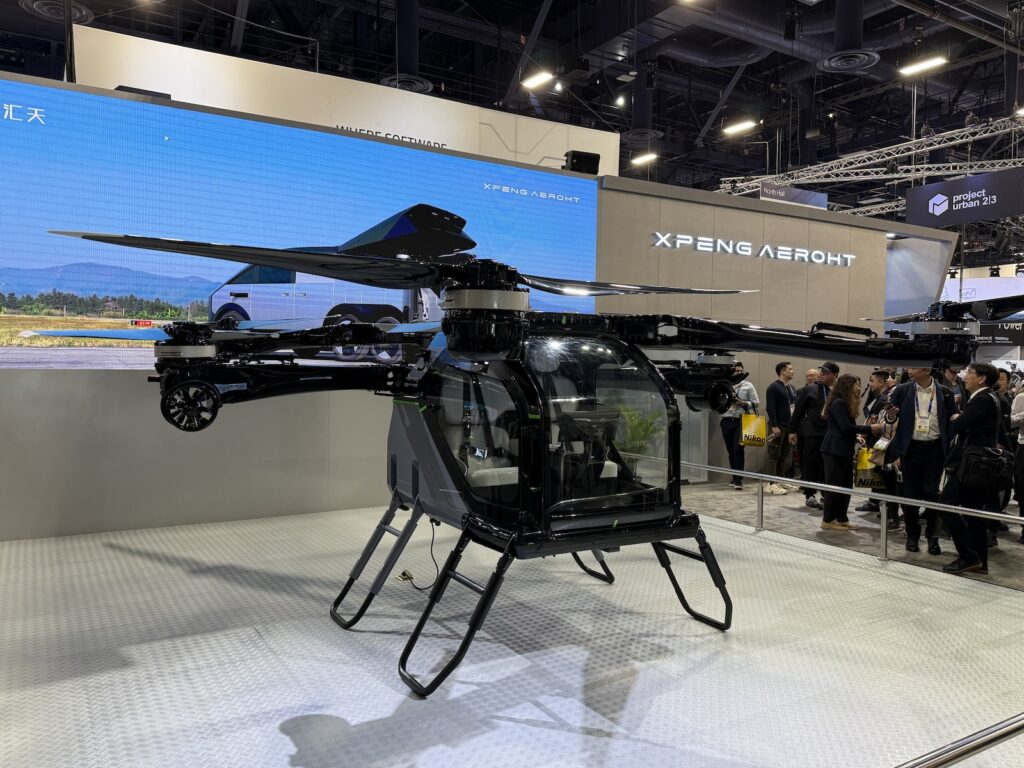
Las Vegas locals seemed indifferent to the CES buzz. „We get lots of Asian visitors this time of year,“ smiled Fernanda, a waitress at a Strip café. „They don’t tip much. What’s this CES thing anyway? Something with movies?“ Not quite, but the event’s glitz often feels more like a showbiz production than a groundbreaking tech exhibition.
Why the Auto Sector is Holding Back
European automakers, traditionally CES staples, were conspicuously absent. German heavyweights and even past stars like Hyundai, Kia, General Motors, and Ford largely skipped the show this year. Chinese automakers, too, made only minor appearances. The industry’s caution reflects the growing complexities of the EV market, especially in the U.S., where the adoption of electric vehicles faces numerous hurdles.
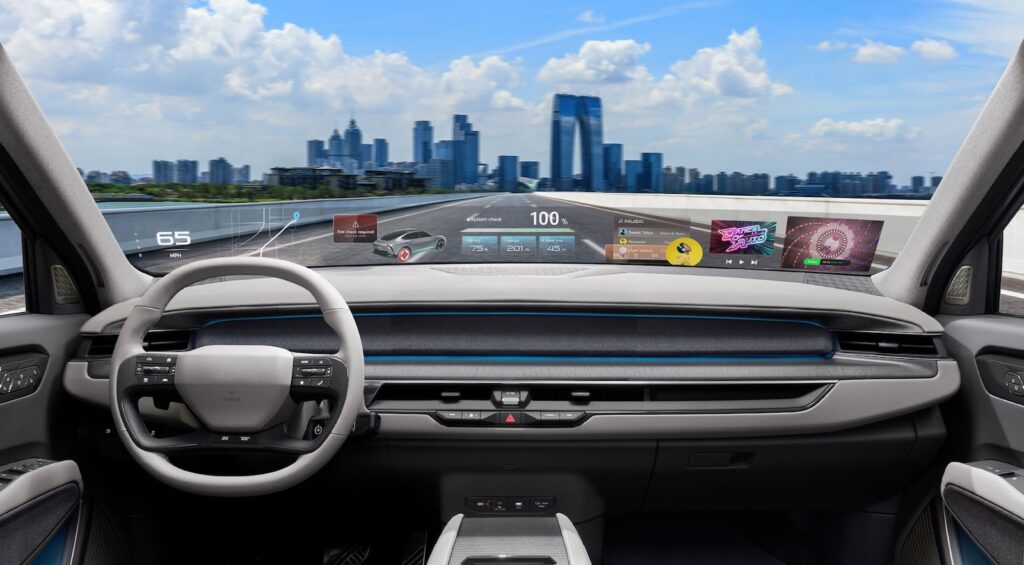
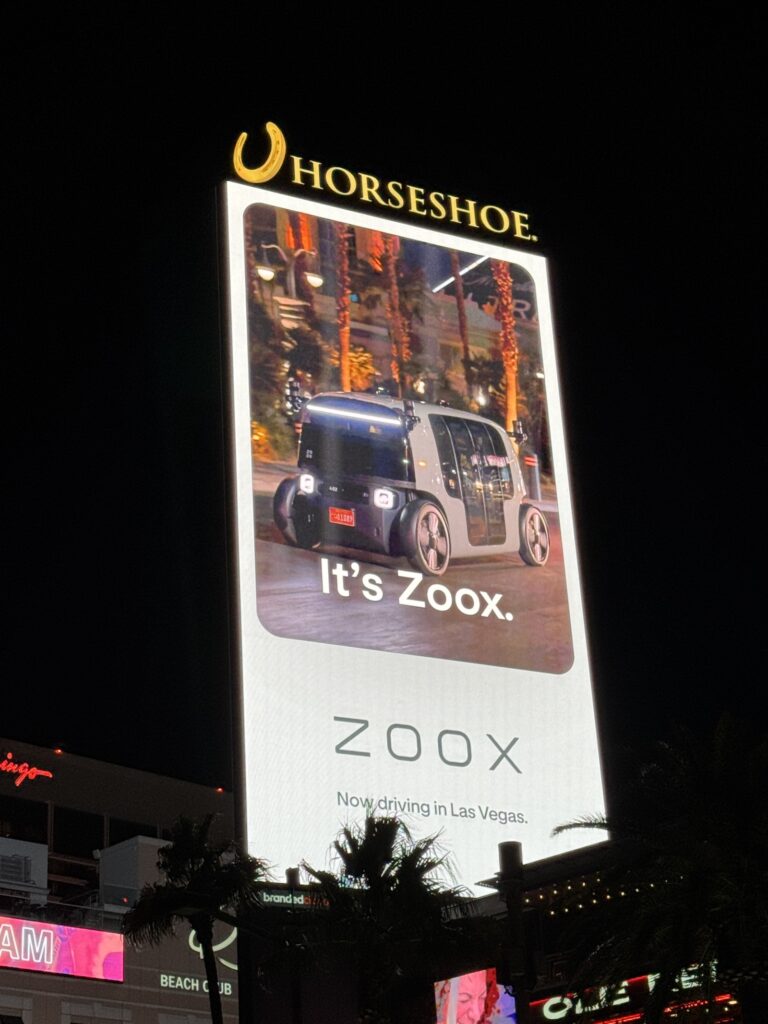
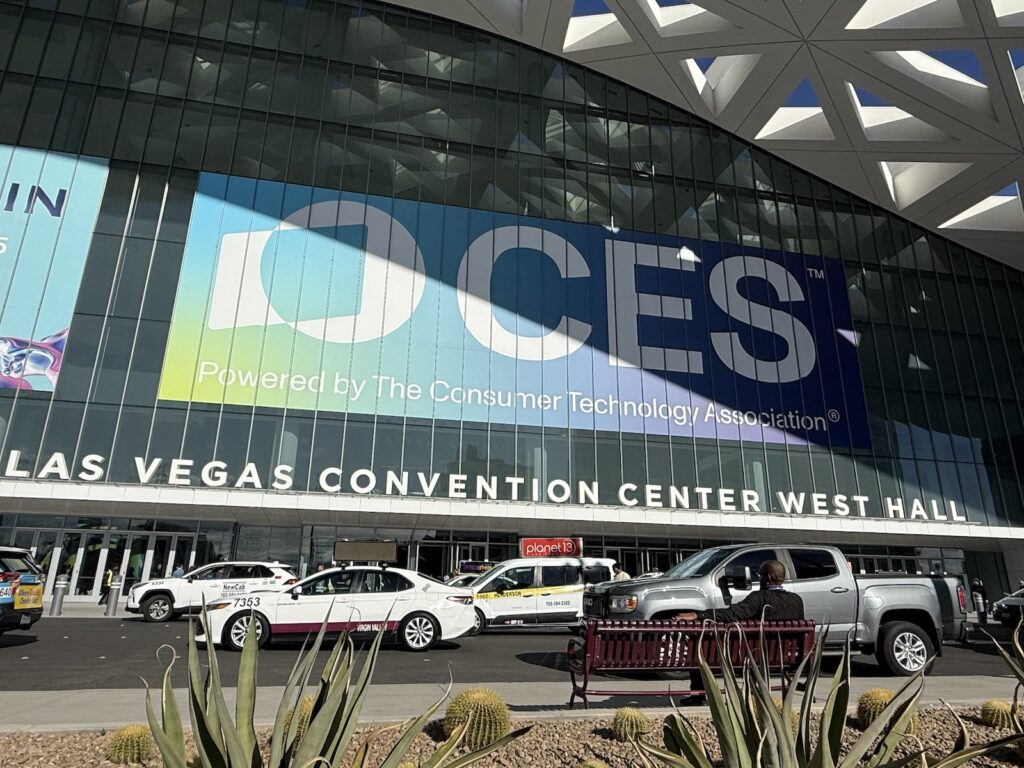
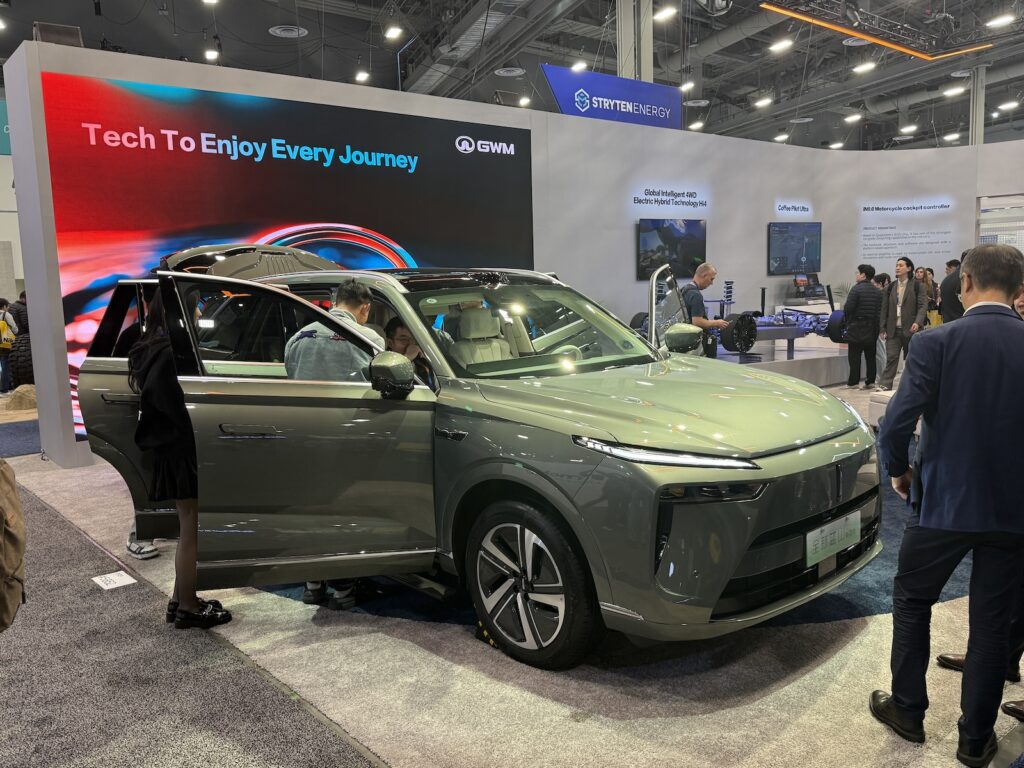
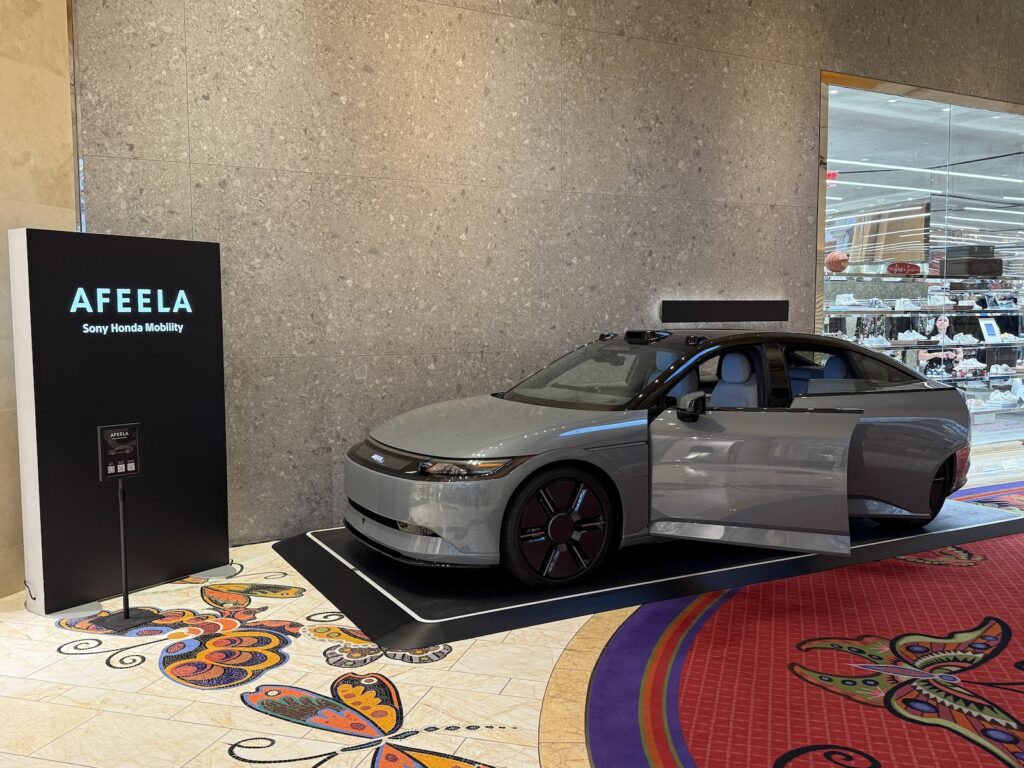
Advances in battery and charging technologies were present but failed to command attention. While innovations like brake-by-wire systems, natural voice interfaces, and cutting-edge display tech from BMW and Hyundai were notable, none represented the seismic shifts the industry is yearning for.
The Bigger Picture
CES 2025 highlighted the crossroads at which the automotive industry finds itself. Despite the promise of rapid advancements in driver-assistance systems and autonomous mobility, progress has slowed. Rising component costs and regulatory challenges have stifled the momentum of leaders like Waymo and Mobileye. Even autonomous concepts like Zoox or Suzuki’s Glydways struggled to make headlines.
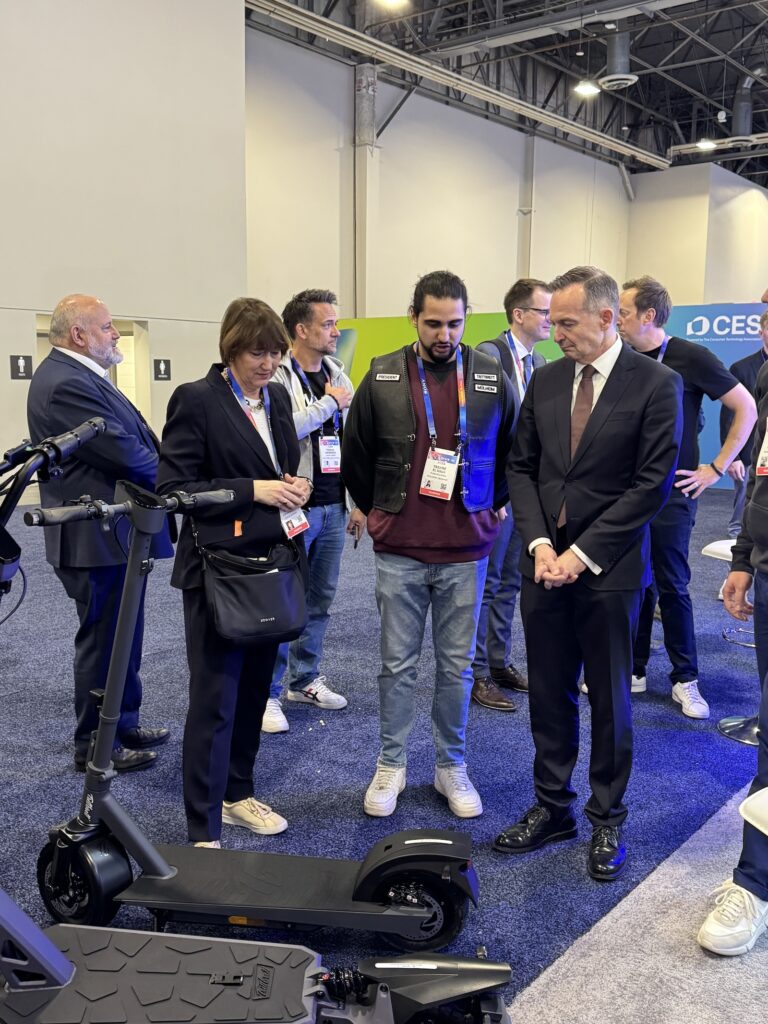
For many automakers, CES served more as a networking hub than a launchpad. With events like Silicon Valley, Austin, or Phoenix just a short flight away, the show often doubles as a convenient stopover for executives making their rounds through the U.S.
Conclusion: A Tech Showcase, But No Revolution
While CES remains a vital venue for connecting the dots in the tech world, its role as a platform for automotive breakthroughs is diminishing. This year’s show was less about revolutionary ideas and more about incremental progress. It provided a space for industry players to regroup, exchange ideas, and prepare for the next phase of innovation.
For car lovers hoping for a spectacular leap forward, the 2025 CES offered instead a steady, if subdued, evolution. The automotive world’s next big thing, it seems, will have to wait.

